What Flag Is Yellow Blue And Red? Discover the diverse flags around the world that incorporate these vibrant colors, exploring their historical significance and cultural meanings. This guide from WHAT.EDU.VN provides a detailed look at each flag, offering insights into the nations they represent.
Introduction to Yellow, Blue, and Red Flags
What flag is yellow blue and red? You’ve likely seen flags featuring these colors, but do you know which countries they represent and what those colors symbolize? Many nations across the globe use yellow, blue, and red in their flags, each with its own unique story and meaning. Flags are powerful symbols of national identity, reflecting a country’s history, values, and aspirations. Join WHAT.EDU.VN as we delve into the fascinating world of vexillology to uncover the countries that proudly display these colors. Explore national emblems, sovereign colors, and Pan-African flags as we unravel the stories behind these tricolors.
1. Understanding the Significance of Flag Colors
Flags are more than just pieces of cloth; they are powerful symbols that represent a nation’s identity, history, and values. The colors used in a flag often carry deep meanings, reflecting the country’s culture, resources, and historical events.
- Yellow: Often symbolizes wealth, prosperity, and sunshine. It can also represent the country’s natural resources or agricultural abundance.
- Blue: Typically represents the sky, sea, or bodies of water within the country. It can also symbolize peace, freedom, justice, and hope.
- Red: Commonly represents courage, valor, and the blood shed in the fight for independence or freedom. It can also symbolize revolution, passion, and energy.
2. Countries with Yellow, Blue, and Red Flags: A Global Overview
Several countries around the world feature yellow, blue, and red in their national flags. Each flag has its own unique design and symbolism, reflecting the country’s distinct history and culture. Let’s explore some of these flags and their meanings:
2.1 Andorra
The flag of Andorra features a vertical tricolor of blue, yellow, and red. The blue and red colors are derived from the French flag, while the yellow represents Spain. These colors reflect Andorra’s historical ties to both France and Spain. The coat of arms in the center features symbols representing the Bishop of Urgell and the Count of Foix, the two co-princes of Andorra. The motto “Virtus Unita Fortior” translates to “United Virtue is Stronger,” emphasizing the importance of unity and cooperation.
2.2 Chad
The flag of Chad features vertical stripes of blue, yellow, and red. The blue stripe symbolizes the sky and hope, the yellow represents the sun and the desert, and the red signifies the blood shed for freedom. This flag bears a striking resemblance to the flag of Romania, which has led to occasional confusion.
2.3 Colombia
The flag of Colombia features horizontal bands of yellow, blue, and red. The yellow band, which is twice the width of the other two, represents the country’s wealth and natural resources. The blue band symbolizes the seas that border Colombia, and the red band represents the blood shed for independence. This flag was originally designed by General Francisco de Miranda, who also designed the flag of Venezuela.
2.4 Democratic Republic of the Congo
The flag of the Democratic Republic of the Congo features a sky-blue field with a yellow star in the upper left corner. A red stripe, bordered by two thinner yellow stripes, runs diagonally across the flag. The blue represents peace, the yellow symbolizes hope and prosperity, and the red represents the blood of the country’s martyrs.
2.5 Ecuador
The flag of Ecuador features horizontal stripes of yellow, blue, and red. The yellow stripe is twice the width of the other two. The yellow symbolizes the country’s resources and fertile soil, the blue represents the sky and ocean, and the red represents the blood shed for independence. The coat of arms is displayed in the center of the flag, featuring the Andean condor, a symbol of power and strength.
2.6 Moldova
The flag of Moldova features vertical stripes of blue, yellow, and red. The yellow stripe in the center is adorned with the national coat of arms, which features an eagle holding a cross, an olive branch, and a scepter. The flag is similar to the flag of Romania, reflecting the shared history and culture between the two countries.
2.7 Mongolia
The flag of Mongolia features vertical stripes of red, blue, and red. On the left red stripe, closest to the flagpole, is the Soyombo symbol, a national emblem that represents freedom and independence. The blue stripe symbolizes the eternal blue sky, and the red stripes represent valor and the tradition of thriving in nature.
2.8 Romania
The flag of Romania features vertical stripes of blue, yellow, and red. The blue is associated with the sky, the yellow signifies prosperity, and the red symbolizes courage and the blood shed for independence. As mentioned earlier, this flag is very similar to the flag of Chad.
2.9 Venezuela
The flag of Venezuela features horizontal stripes of yellow, blue, and red. The yellow represents wealth, the blue represents the sea, and the red represents the blood shed for independence. Eight stars adorn the blue band, each symbolizing one of the original provinces that participated in the independence movement.
3. Historical and Cultural Context
The use of yellow, blue, and red in national flags is not arbitrary. These colors often have deep historical and cultural significance, reflecting the country’s past and its aspirations for the future.
- Influence of the French Revolution: The French Revolution of 1789 played a significant role in popularizing the use of tricolor flags. The French flag, with its blue, white, and red stripes, became a symbol of liberty, equality, and fraternity. Many countries adopted similar designs, replacing white with yellow to represent their own unique values and aspirations.
- Pan-African Colors: The colors red, yellow, and green (with green often replacing blue) are known as Pan-African colors. These colors are derived from the Ethiopian flag and represent the unity and solidarity of people of African descent. Some flags, like Chad’s, incorporate these colors to symbolize their connection to the African continent.
- Regional Influences: Countries within the same region often share similar flag colors and designs, reflecting their shared history and cultural heritage. For example, Colombia, Ecuador, and Venezuela, which were once part of Gran Colombia, share similar flag colors.
4. Distinguishing Similar Flags
As mentioned earlier, some flags with yellow, blue, and red can be quite similar, leading to confusion. The most notable example is the flags of Chad and Romania, which feature the same vertical stripes of blue, yellow, and red. However, the shade of blue differs slightly between the two flags. To distinguish between similar flags, pay close attention to the following:
- Orientation: Are the stripes horizontal or vertical?
- Proportions: Are the stripes of equal width, or is one stripe wider than the others?
- Shades of Color: Are the colors exactly the same, or are there subtle differences in shade?
- Emblems and Symbols: Does the flag feature a coat of arms, star, or other symbol?
5. The Evolution of Flags
National flags are not static; they can evolve over time to reflect changes in a country’s history, culture, and political landscape. Some flags have undergone significant transformations, while others have remained relatively unchanged. The Democratic Republic of the Congo, for example, has had several different flags throughout its history, reflecting the country’s turbulent past.
6. Frequently Asked Questions (FAQs)
To further enhance your understanding, here are some frequently asked questions about flags with yellow, blue, and red:
| Question | Answer |
|---|---|
| What do the colors yellow, blue, and red typically represent in flags? | Yellow often symbolizes wealth, prosperity, and natural resources. Blue represents the sky, sea, freedom, and justice. Red commonly represents courage, valor, and the blood shed for independence. |
| Why do some countries share similar flag colors? | Shared flag colors often reflect historical connections, cultural heritage, or regional influences. For example, countries that were once part of the same political entity may share similar flag colors. |
| What is the difference between the flags of Chad and Romania? | The flags of Chad and Romania are very similar, featuring vertical stripes of blue, yellow, and red. However, the shade of blue differs slightly between the two flags. |
| How have flags evolved over time? | Flags can evolve over time to reflect changes in a country’s history, culture, and political landscape. Some flags have undergone significant transformations, while others have remained relatively unchanged. |
| What is the significance of the coat of arms on a flag? | A coat of arms on a flag typically represents the country’s history, traditions, and values. It can feature symbols of royalty, national animals, or other important cultural icons. |
| Are there any international regulations governing flag design? | No, there are no international regulations governing flag design. Each country is free to choose its own flag and its own symbolism. |
| What is vexillology? | Vexillology is the scientific study of flags. It encompasses the history, symbolism, and usage of flags. |
| How can I learn more about flags? | You can learn more about flags by visiting websites dedicated to vexillology, reading books on the subject, or joining a flag enthusiast group. WHAT.EDU.VN also offers resources and information about flags from around the world. |
| Why is it important to understand flag symbolism? | Understanding flag symbolism helps us to appreciate the diversity of cultures and histories around the world. It also allows us to better understand the values and aspirations of different nations. |
| Where can I find accurate information about flag meanings? | You can find accurate information about flag meanings on official government websites, reputable encyclopedias, and vexillology websites. Be sure to cross-reference information from multiple sources to ensure accuracy. WHAT.EDU.VN strives to provide reliable and well-researched information on flags. |
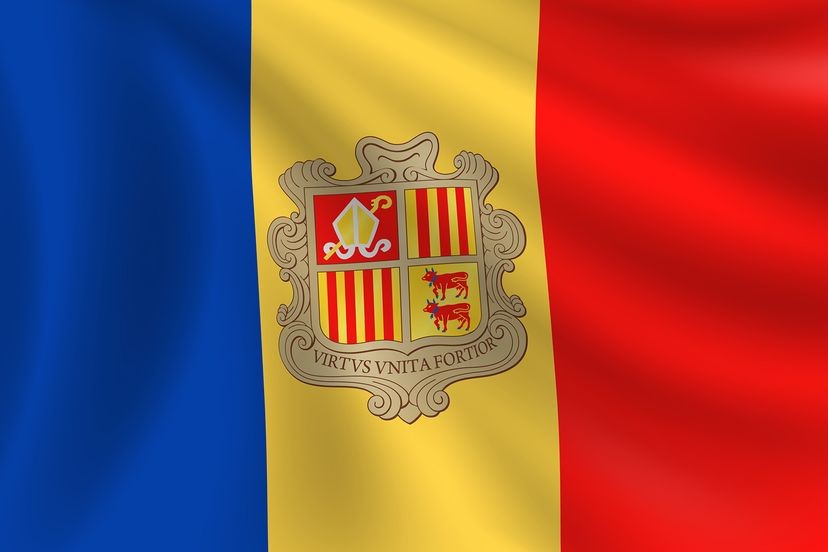
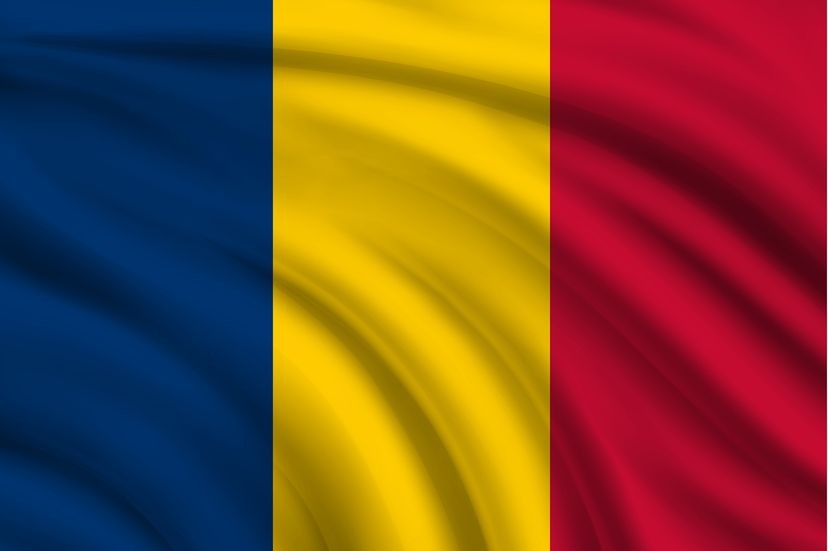
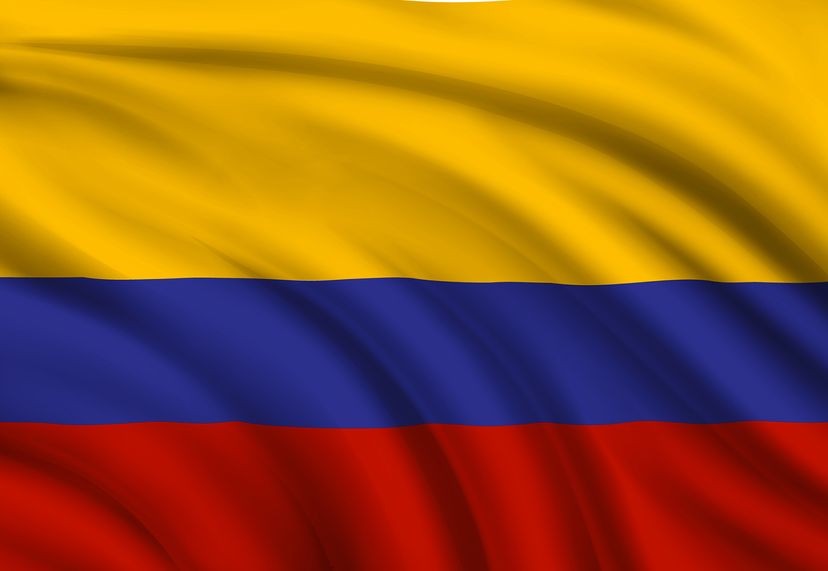
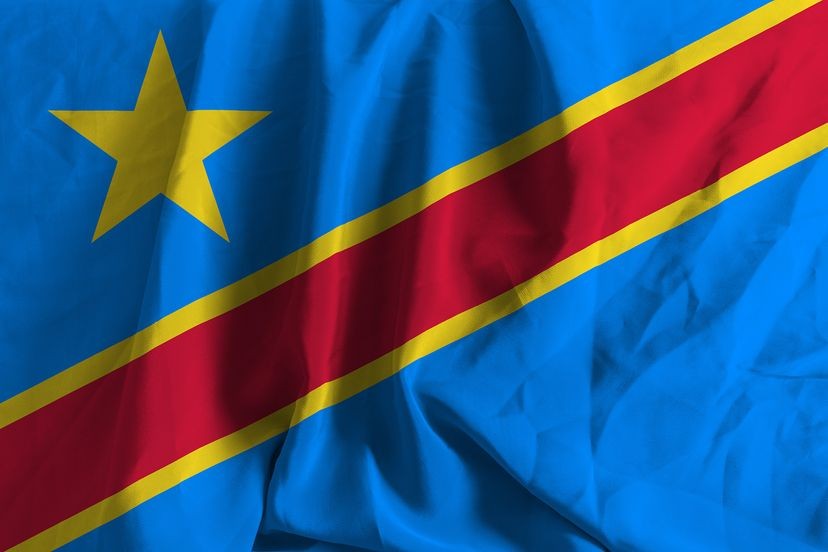
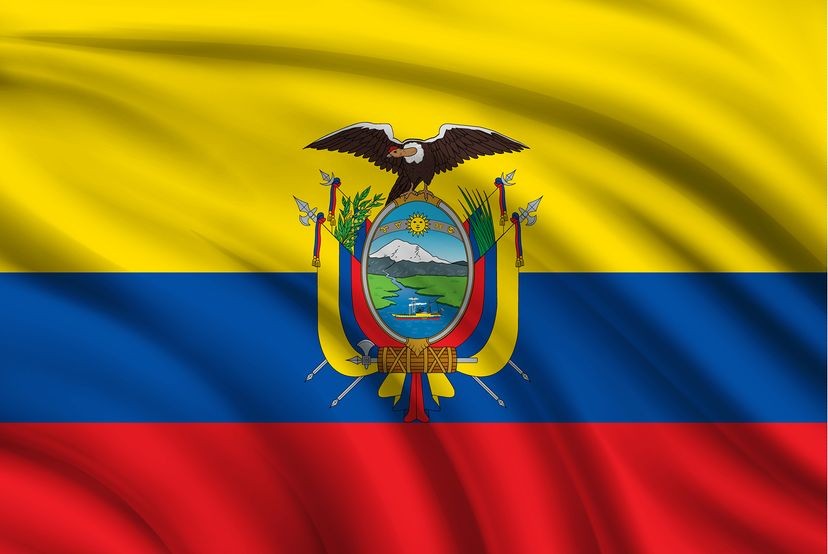


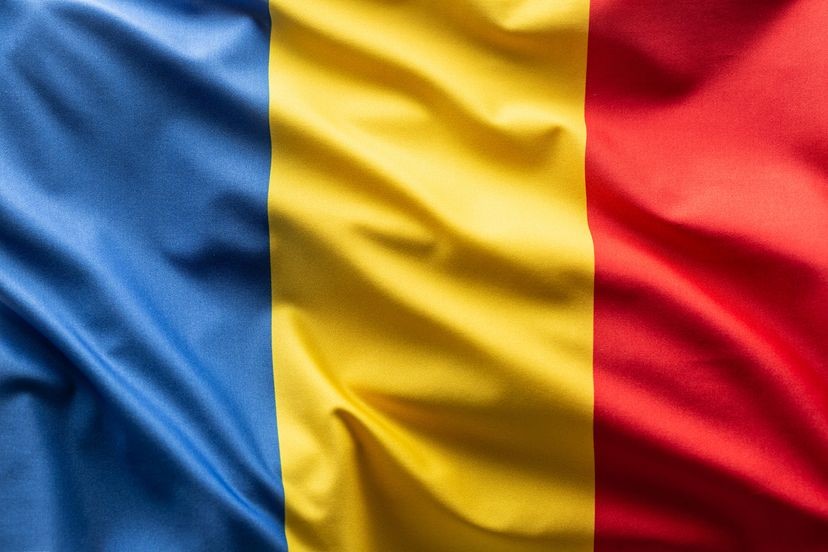
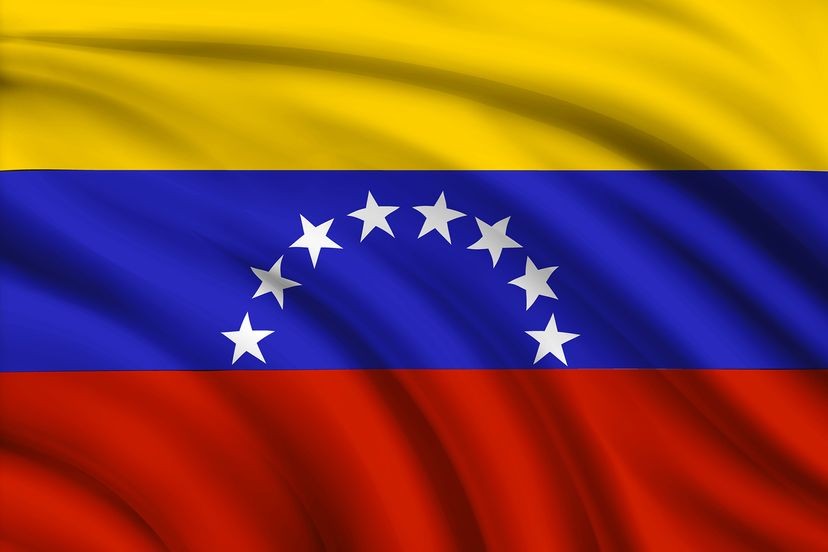
7. Beyond the Colors: Exploring National Identity
While the colors of a flag are important, they are just one aspect of a country’s national identity. A flag’s design, symbols, and history all contribute to its overall meaning and significance. By studying flags, we can gain a deeper understanding of the cultures and histories of different nations.
8. Conclusion: Flags as Symbols of Unity and Diversity
Flags with yellow, blue, and red represent a diverse range of countries, each with its own unique story to tell. These flags serve as powerful symbols of national identity, reflecting the history, values, and aspirations of the nations they represent. By understanding the symbolism of these flags, we can gain a greater appreciation for the rich tapestry of human culture and the importance of unity and diversity in our world.
9. Have More Questions? Ask WHAT.EDU.VN!
Do you have more questions about flags, national symbols, or anything else? Don’t hesitate to ask WHAT.EDU.VN! Our team of experts is ready to provide you with accurate and insightful answers to all your queries. We understand that finding reliable information can be challenging, which is why we’re committed to offering a free and accessible platform for knowledge sharing. Whether you’re a student, a curious individual, or simply seeking information, we’re here to help.
10. Get Your Questions Answered for Free Today!
At WHAT.EDU.VN, we believe that everyone deserves access to quality information without having to worry about costs. That’s why we offer our services completely free of charge. We’re passionate about connecting people with the answers they need, fostering a community of learning and discovery. So, if you’re still wondering what flag is yellow blue and red, or have any other questions, visit WHAT.EDU.VN today and get the answers you’re looking for! Our user-friendly platform makes it easy to ask your questions and receive prompt, helpful responses from knowledgeable experts. Join our community and experience the convenience of free and reliable information.
Contact Information:
- Address: 888 Question City Plaza, Seattle, WA 98101, United States
- WhatsApp: +1 (206) 555-7890
- Website: what.edu.vn
We look forward to helping you explore the world of knowledge!